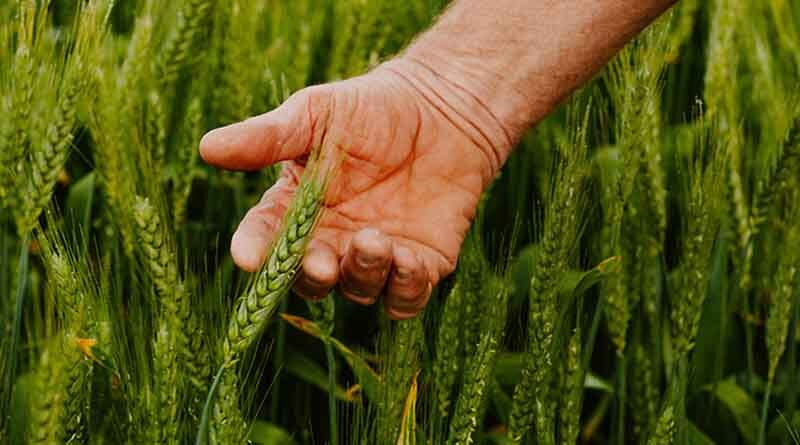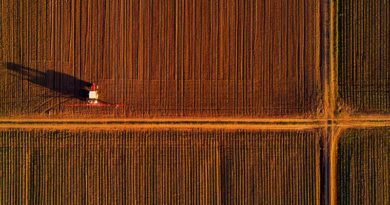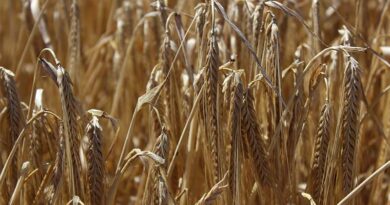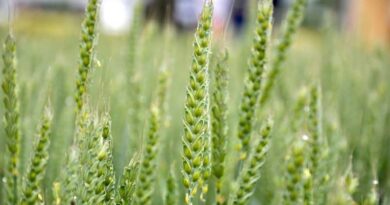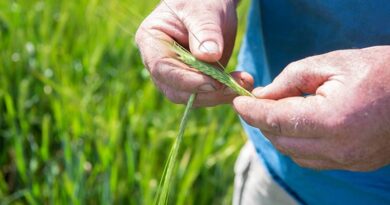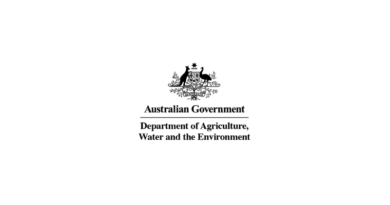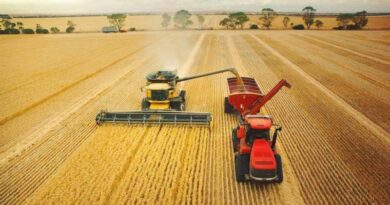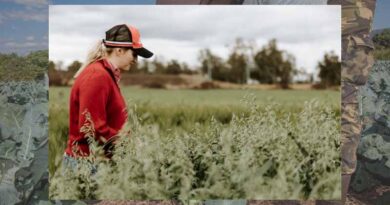Australia: Cropping update – late October 2022
27 October 2022, Australia: In this month’s update, Clear Grain Exchange sheds light on surging grain prices as buyers struggle to quantify several key drivers. While Elders Technical Services Managers provide from the field commentary on local issues impacting harvest, pest control, disease pressure and sowing summer crops.
We acknowledge the ongoing devastation caused by flooding around the country, particularly in parts of Victoria. Given the situation is still unfolding, we’ve deemed it insensitive to comment on crop damage or loss at this time. Our team members are working closely with customers and impacted communities, from both a professional and compassionate point of view.
From the field
“Wet weather remains the most challenging factor for New South Wales from an accessibility and quality point of view.
“Canola crops are coming in and very close to windrowing/harvesting when farmers can get onto paddocks. In the north of the state, barley is very close to harvest.
“The most significant challenge is obviously getting the crops off as they ripen and getting summer crops in the ground. Some summer crops have been planted already, much of these have now gone underwater and it’s a bit of a waiting game to see what will need replanting.”
Sally Broadhead, Elders Technical Services Manager, New South Wales.
“The biggest challenge for Queensland is continuing wet weather, which is affecting winter crop harvest resulting in downgrades. A dry weather break would allow farmers to plant cotton and summer grains, a task which has been exacerbated by transport issues for the supply of inputs.
“Spring 2022 has been the wettest and coolest spring since 2010/11, however, a three-week dry window will enable a large portion of southern Queensland to get summer crop planted, with central Queensland around two months away from starting. Some small areas of cotton and grain sorghum have been planted on the Central and Western Downs but most are still waiting, increasing the probability of a late planting for sorghum in some districts.
“Current insect pressure is anticipated to increase in summer and insecticides will continue to be in high demand. Sporadic spraying has commenced for armyworm, heliothis and aphids; there has been some damage to winter crop from armyworm and heliothis in parts of the state.
“Careful consideration to rotation of group chemistry will be essential as part of resistance management strategies.
“Horticulture crops are also under severe disease and pest pressures due to weather patterns at present, however production is high.”
Maree Crawford, Elders Technical Services Manager, Queensland.
“Yield potential looks good across most of the state; however, wet weather is the obvious challenge. Harvest is expected to be around four weeks behind usual timings, and this will be dependent on getting dry weather to enable harvest logistics to take place.
“Some have attempted to harvest on the Eyre Peninsula around Streaky Bay area but there has been no shortage of interruptions from wet weather. While in the Upper North, around Jamestown where sowing was much later than normal, crops are improving to average or better.
“The current weather pattern poses a challenge for next season with a significant green bridge expected. Prompting growers to think about early control of stripe rust and summer weed presence.”
Lyndon May, Elders Technical Services Manager, South Australia.
“One of the biggest constraints for growers in Western Australia this season will be getting the grain into the receival system. There is still a lot of grain from last year in many inland bins which is holding things up.
“Pricing parity between world commodity prices and what is currently on offer is another concern for growers as a record yielding crop won’t be valued at the farm gate.
“Budgeting and farm planning for next year has started, however, many growers are struggling to make budgets balance with high input costs and declining commodity prices. This is forcing many to assess their risk on lower yielding paddocks or higher input crops.”
Bill Moore, Elders Technical Services Manager, Western Australia.
Also Read: List of pesticides restricted and banned for use in Agriculture in India
(For Latest Agriculture News & Updates, follow Krishak Jagat on Google News)

